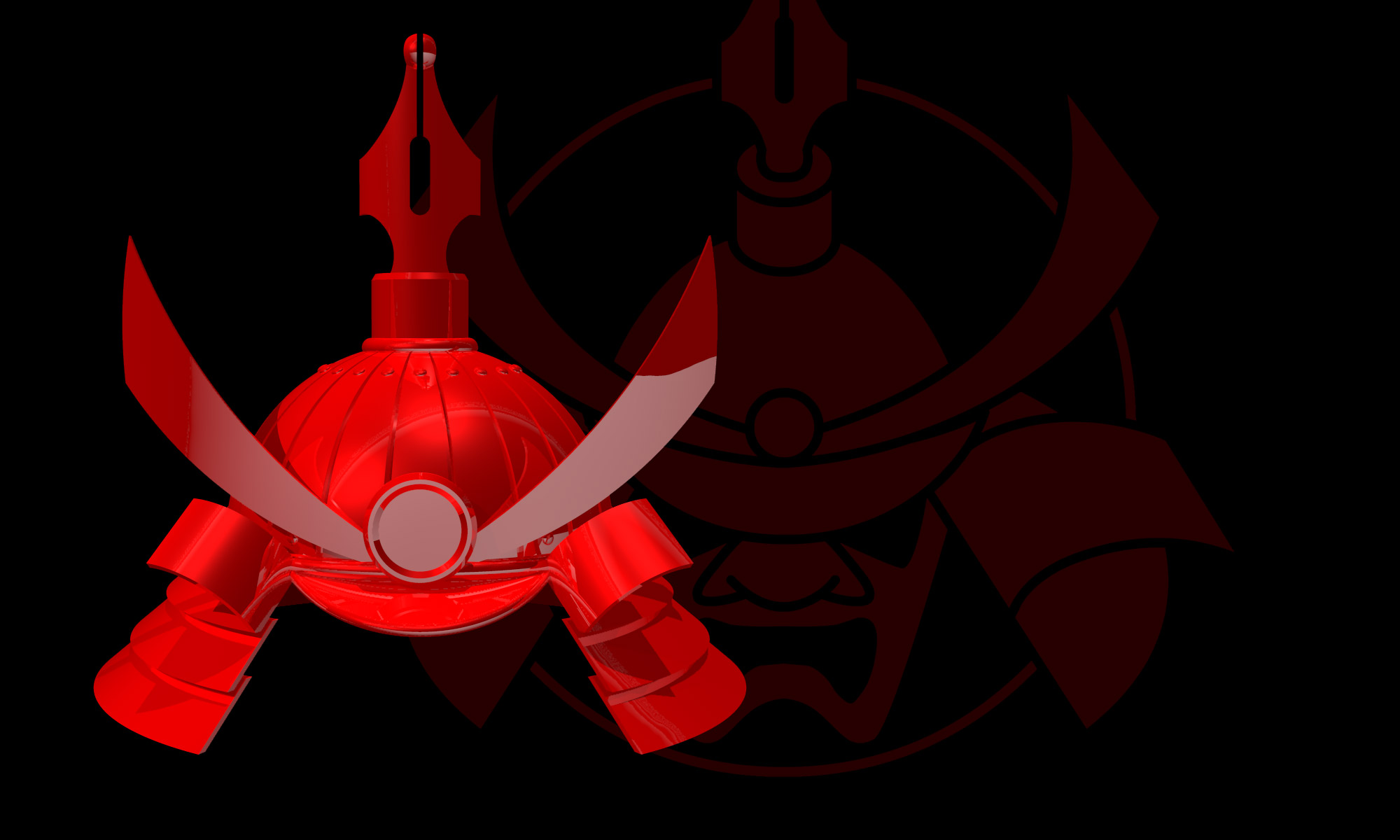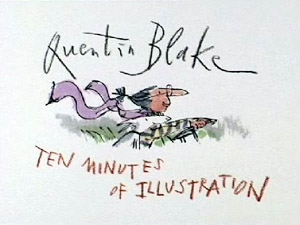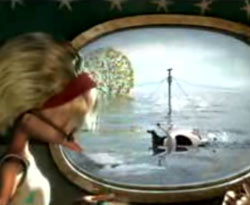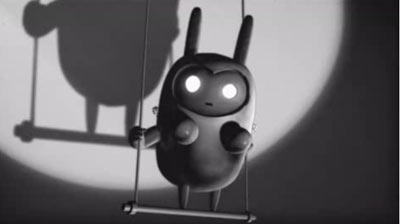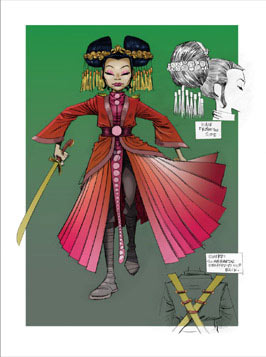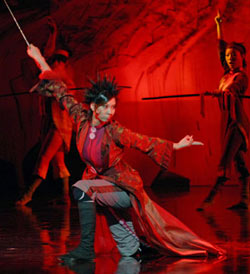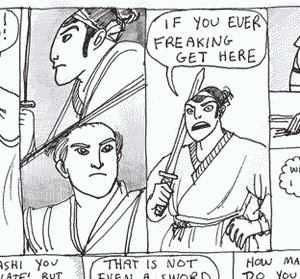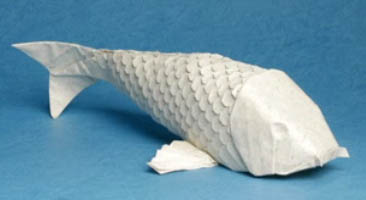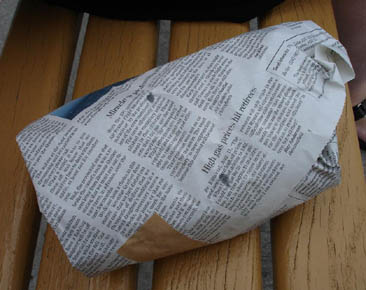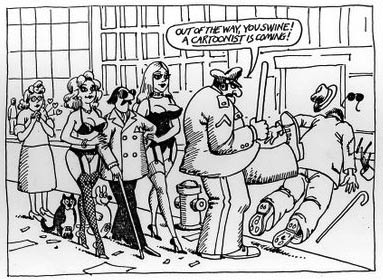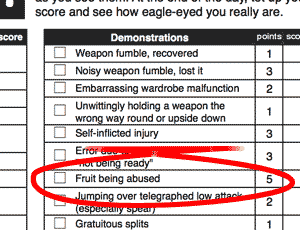All being well, I am about to embark on an extended period producing the illustrations for my next book (a Beholder project, not martial arts related). These will be line drawings rather than cartoons, but nonetheless I’ll be inking-in with Rotring technical pens on a lightbox just as I do for Fudebakudo. Actually, most normal people probably don’t spend much time wondering about different techniques of illustration, but if you do draw, then it is often fascinating to see how other people work. This is because illustration is a fundamentally solitary activity and — unless you are at Art College or belong to a drawing class — it’s something you rarely get to see other people doing. I didn’t go to Art College, although I did both Art and Technical Drawing when I was at school (I learned next to nothing in the former, but can remember nearly everything I was taught in the latter).
So here are three links to video of illustrators at work, none of them particularly new, but relevant to me now, just for the thrill of seeing real experts doing their stuff. If you’re not moved at all by illustration technique (which is fine — why should you be?), you should perhaps just watch the last one, because it’s very short and really quite astonishing if you haven’t seen the technique before.
First, Quentin Blake in Action — the fabulous Mr Blake made this 10-minute film, generously describing the whole process of book illustration while producing the characteristic sketch-painting shown here.
Next is Bob Staake’s mesmerising composition in Photoshop 3.0 (in case you don’t know, that’s an antique version), which runs for under five minutes. More from his website and, oh yes, he does the music too.
Finally, Emmanuel Guibert’s Drawing with Water one-minute video. You could also check out First Second Books for other excellent work published by the same people. I recently bought Nick Abadzis’s smart and sad doggie-tale Laika, and it was their blog which led me to the Quentin Blake video too.
